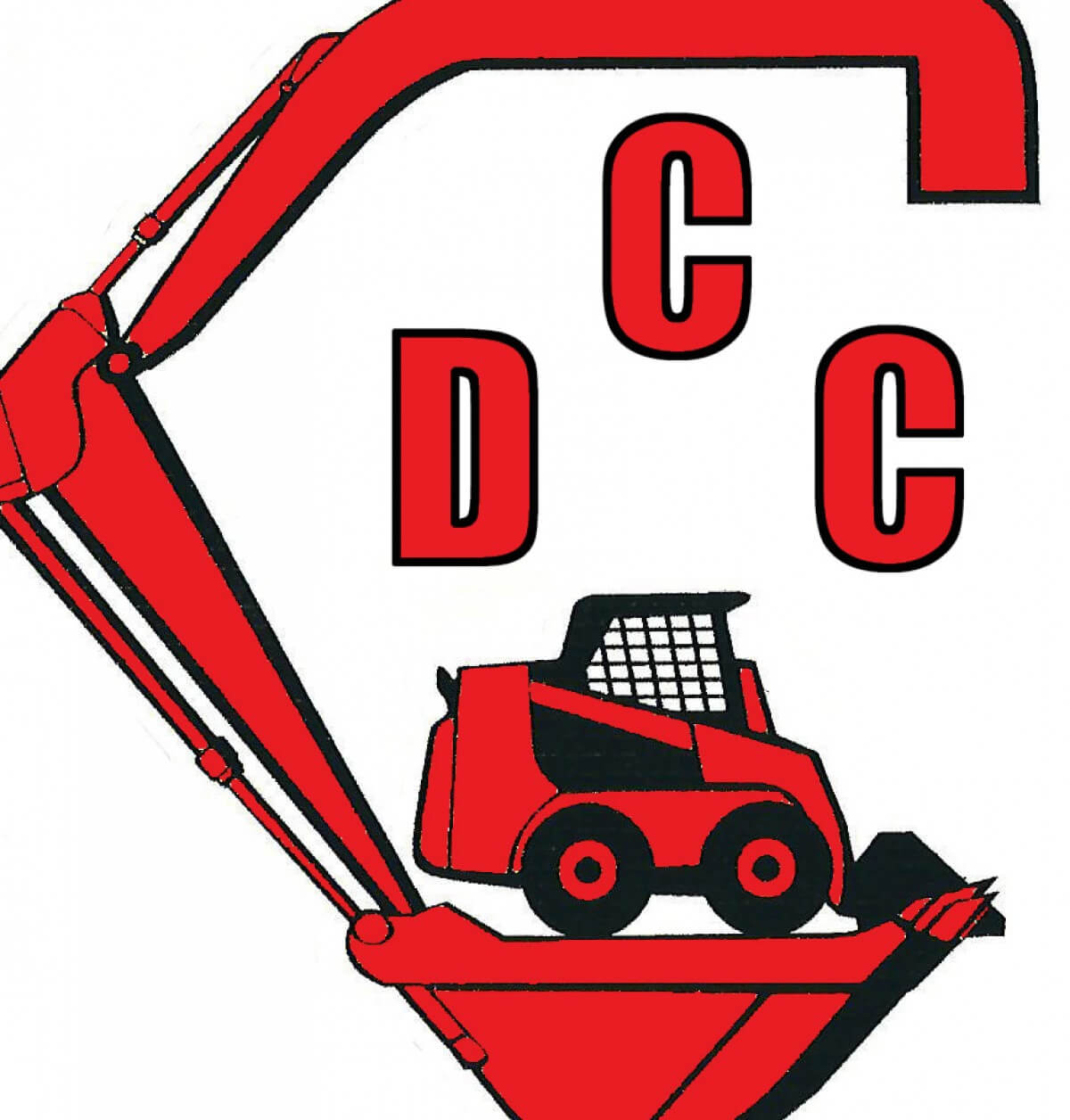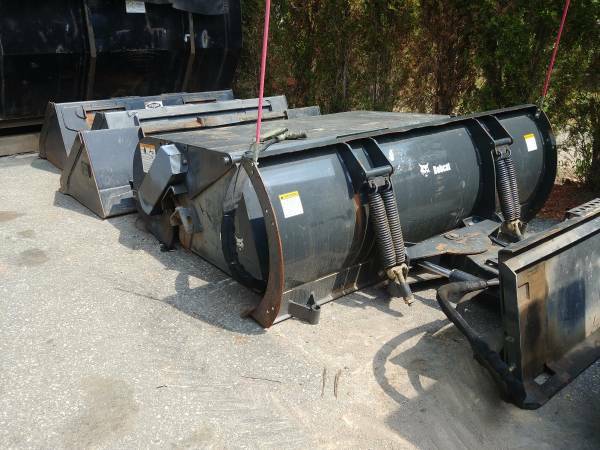Skid steer loaders have become a huge commodity in the agriculture, construction, and horticulture industries due to its versatile abilities.What gives these machines such a great interest boost is that they have attachments for almost any job for any of those industries. Bobcat is one construction brand that is known for their large amounts of attachments available for their skid steer loaders. Just like when you are looking to buy a skid steer loader, you should inspect the equipment and attachments that come with the machine. Below are three different types of equipment or attachments you should inspect before buying a Bobcat machine.
Bucket, Load Arms & Cylinders
The most common type of attachment that comes with a Bobcat machine is a bucket. This is where you will start your inspection, looking for any signs of wear on the leading edge, the thickness of the side panels and the condition the bucket bottom. After that, you can inspect the lift cylinders to check for any leaks or cracks which is what you will look for on the load arms as well. If you notice any bends or cracks in the equipment, the machine may have been rolled during previous use. If you do see any ailments then you may need to get your machine repaired.
Cab/Canopy
Checking your cab is crucial as it protects operators in the event of a rollover or any other types of accident. Check the support beams to make sure there is no damage or signs of bending. Be sure to inspect the side screens as well to make sure they are just as sturdy for ultimate protection while operating.
Wheels & Tires
Wheels on a skid steer loader are much different then regular tires we are accustomed to with as they are made to last longer and go through any terrain. Skid steer loader wheels tend to start showing signs of excessive wear after 500 hours of use. To gauge how used the tires are, ask how many operating hours the machine as a whole has. You will need to then check for proper inflation levels and that there are no leaks in the tires. It is always smart to be thorough so checking the tightness of the lug nuts on the wheels won’t hurt. While you are down low, it is a great opportunity for you to see if there are pools of oil or hydraulic fluid. As these could be signs of hydraulic or engine leaking.

